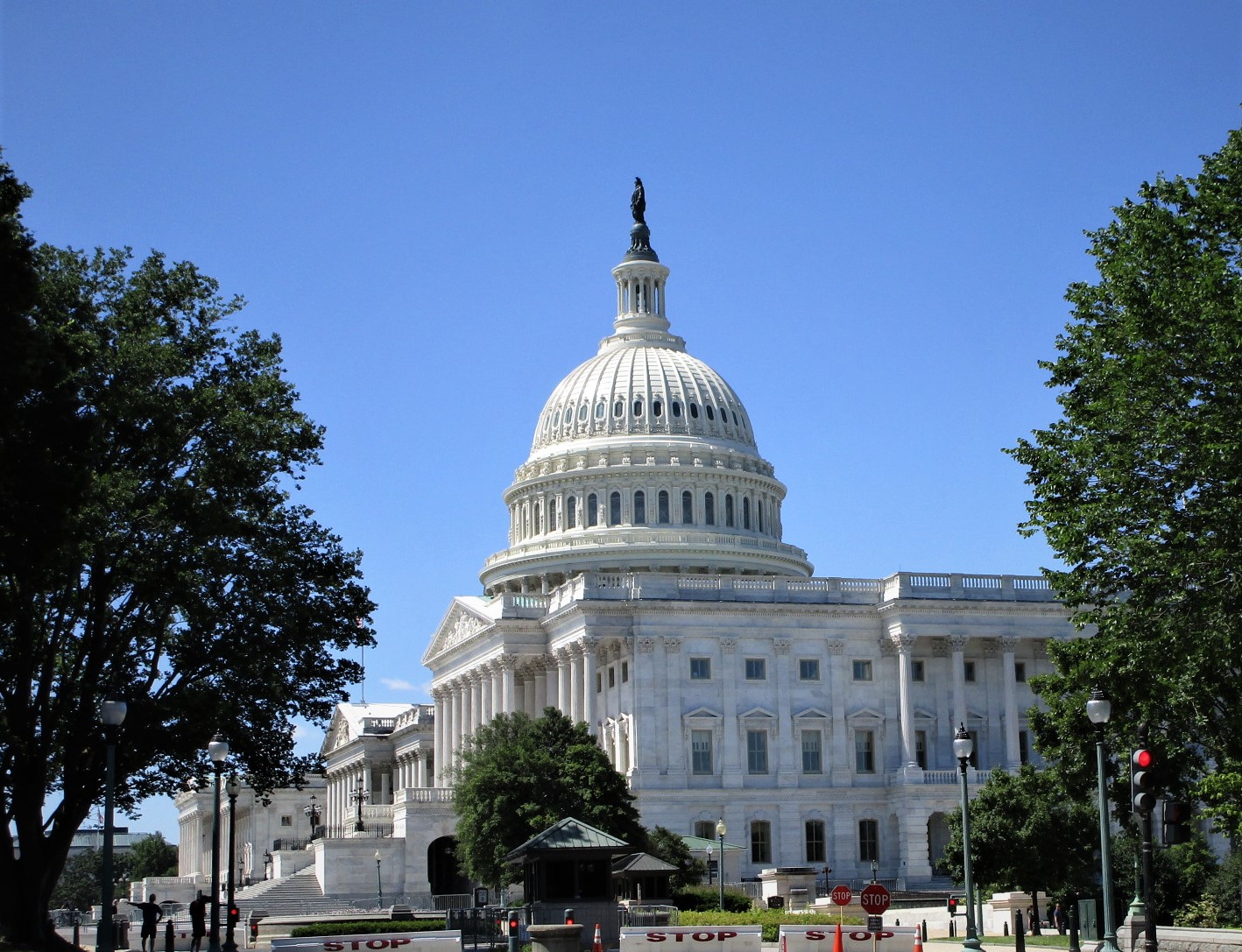House Communications Subcommittee to FCC, NTIA: Get on Same Page
Panel approves bill mandating better interagency coordination on spectrum policy

The House Communications Subcommittee has told the FCC and the NTIA to get in a room, if not quite get a room, and make up for the good of the country's leadership in next-generation communications technologies like 5G.
That came Wednesday (Nov. 3) at a markup (subcommittee consideration of amendments and votes) on two communications bills. Both measures were approved by voice vote and favorably reported to the full Energy & Commerce Committee.
The Federal Communications Commission and National Telecommunications and Information Administration, under the Trump administration, were sometimes at odds over spectrum issues and how the government spectrum that the NTIA oversees could be shared or freed up for commercial 5G use while still protecting important government uses like radar and GPS.
That tensions have resurfaced lately over Federal Aviation Administration concerns with interference from new wireless users of C-band spectrum they won at auction. Those worries were expressed in a press conference even as the NTIA and FCC have been trying to resolve those concerns out of the public glare.
Also read: NTIA Identifies More Midband Spectrum
In an effort to get the FCC and NTIA to better coordinate spectrum policy, the Subcommittee on Tuesday passed the Spectrum Coordination Act (HR 2501), which would require the FCC and NTIA to update a 2003 memorandum of understanding governing their coordination.
What passed was actually an amended version of the bill with the addition of clarification on the three key ways the FCC and NTIA need to update the memorandum, which is to: 1) improve the process for resolving frequency allocation disputes between them; 2) ensure spectrum is used efficiently; and 3) establish reasonable timelines for exchanging information.
The smarter way to stay on top of the multichannel video marketplace. Sign up below.
Legislators on both sides of the aisle were clearly tired of the disconnect between the FCC and NTIA. Rep. Gus Bilirakis (R-Fla.), a bill co-sponsor, said he recognized their coordination had improved of late, but this bill would make sure that continued.
Rep. Frank Pallone (D-N.J.) laid the blame for the NTIA and FCC disconnect with the Trump administration. He said that spectrum policy needed to be managed competently and correctly, which was not the case under Trump, when the two agencies often bickered. government must speak with one voice on spectrum and move beyond interagency disagreements, he said.
Also approved and reportedly favorably to the full committee was the Data Mapping to Save Moms Act (HR 1281). That bill requires the FCC to overlay Centers for Disease Control data on maternal morbidity with connectivity data to see the correlation and help target broadband where telehealth could have an impact on the country’s rising maternal morbidity rates, particularly among minorities and rural populations most likely to be on the wrong side of the digital divide.
There were some other communications bills that both sides said they would have liked to mark up, but they could not come to agreement on that.
“I commend Chairman Doyle, Ranking Member Latta, and Members of the Subcommittee for advancing the bipartisan ‘Spectrum Coordination Act’ and the ‘Data Mapping to Save Moms’ Lives Act," said Competitive Carriers Association President Steven K. Berry. "Spectrum coordination between the FCC and NTIA is extremely important to ensure disputes are addressed well before spectrum is designated for commercial use. Additionally, CCA has long advocated for better data maps, which among many benefits, will help provide critical internet connectivity to improve maternal health outcomes. I thank the Subcommittee for moving these bills forward and look forward to continued work on these issues as they are considered by the full Committee.”
Contributing editor John Eggerton has been an editor and/or writer on media regulation, legislation and policy for over four decades, including covering the FCC, FTC, Congress, the major media trade associations, and the federal courts. In addition to Multichannel News and Broadcasting + Cable, his work has appeared in Radio World, TV Technology, TV Fax, This Week in Consumer Electronics, Variety and the Encyclopedia Britannica.

